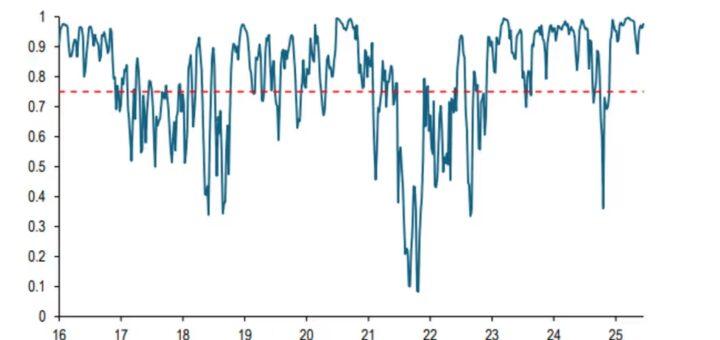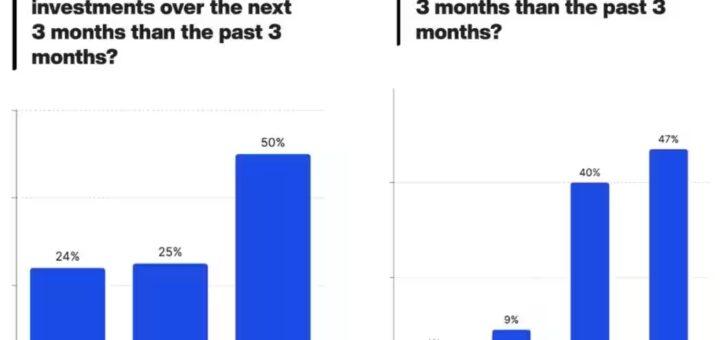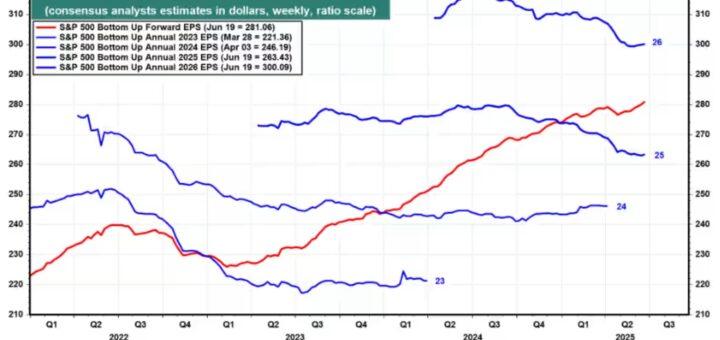DayTradeToWin Reviews Blog
Attractive Valuations for the S&P 500 Could Spell Trouble for Future Returns Markets took a breather on Wednesday as attention shifted from geopolitical tensions to upcoming economic data, interest rate expectations, and tariff developments. With a busy slate of economic reports due over the next two days, investor sentiment may...
Apple Eyes AI Acquisition to Escape ‘Penalty Box’ and Shed Laggard Label Apple Inc. has had a rough 2025 so far. Its stock is down over 19%, hurt by lingering trade tensions and investor anxiety over its slow rollout of artificial intelligence features. While rivals have surged ahead with AI...
Retail Investors Stay Confident in Stocks, Even as the Economy Wobbles A weakening economy hasn’t shaken retail investors’ confidence in the stock market. While economic uncertainty prompts consumers to rein in spending, many are actually doubling down on investing. According to a June survey by Finimize, a platform for retail...
Tel Aviv Stocks Hit Record Highs as Markets Look Past Iran-Israel Tensions Global markets are showing surprising resilience amid rising tensions between Israel and Iran. Oil prices briefly fell, stock futures climbed, and even gold—typically a safe-haven asset—lost ground. This muted reaction suggests investors are betting the conflict will not...
S&P 500 Holds Steady Amid Israel-Iran Tensions — History Points to Resilience The S&P 500 has remained remarkably stable since the Israel-Iran conflict erupted, slipping just 1% as of Tuesday’s close. And if history is any guide, any market dip may prove short-lived. Deutsche Bank Research analyzed 32 past geopolitical...
What’s Closed on Juneteenth, June 19 Juneteenth, observed on June 19, commemorates the end of slavery in the United States. The holiday marks the day in 1865 when Union troops arrived in Galveston, Texas, to enforce the freedom of enslaved people—more than two years after the Emancipation Proclamation was issued....







